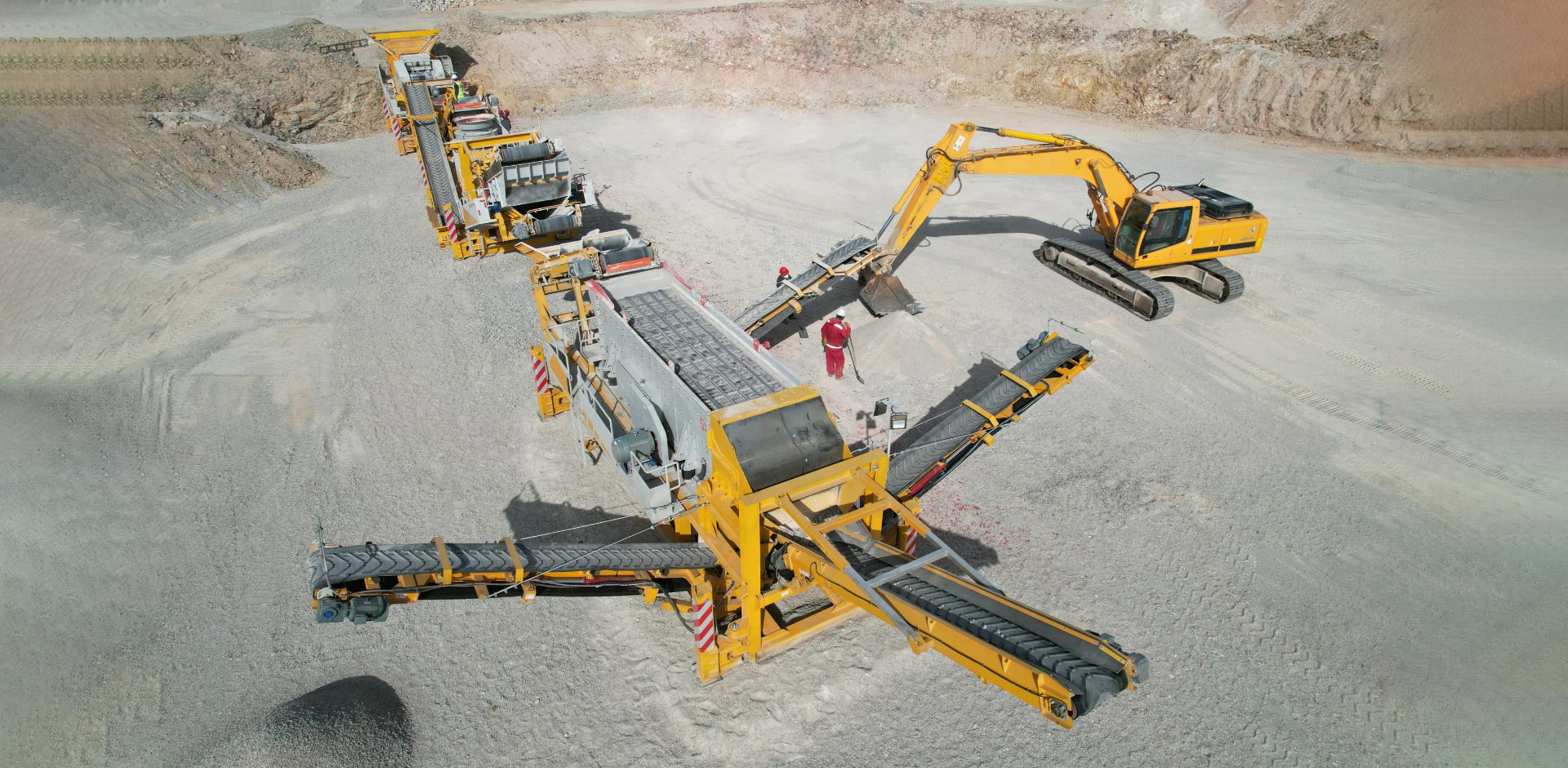Limestone, a sedimentary rock composed mainly of calcium carbonate, is widely used in various industries due to its versatility and abundance. To utilize limestone effectively, it undergoes a comprehensive processing process that involves crushing, grinding, and further refinement. In this article, we will delve into the limestone crushing process, highlighting the importance of crushers and exploring other types of crushers suitable for limestone processing.
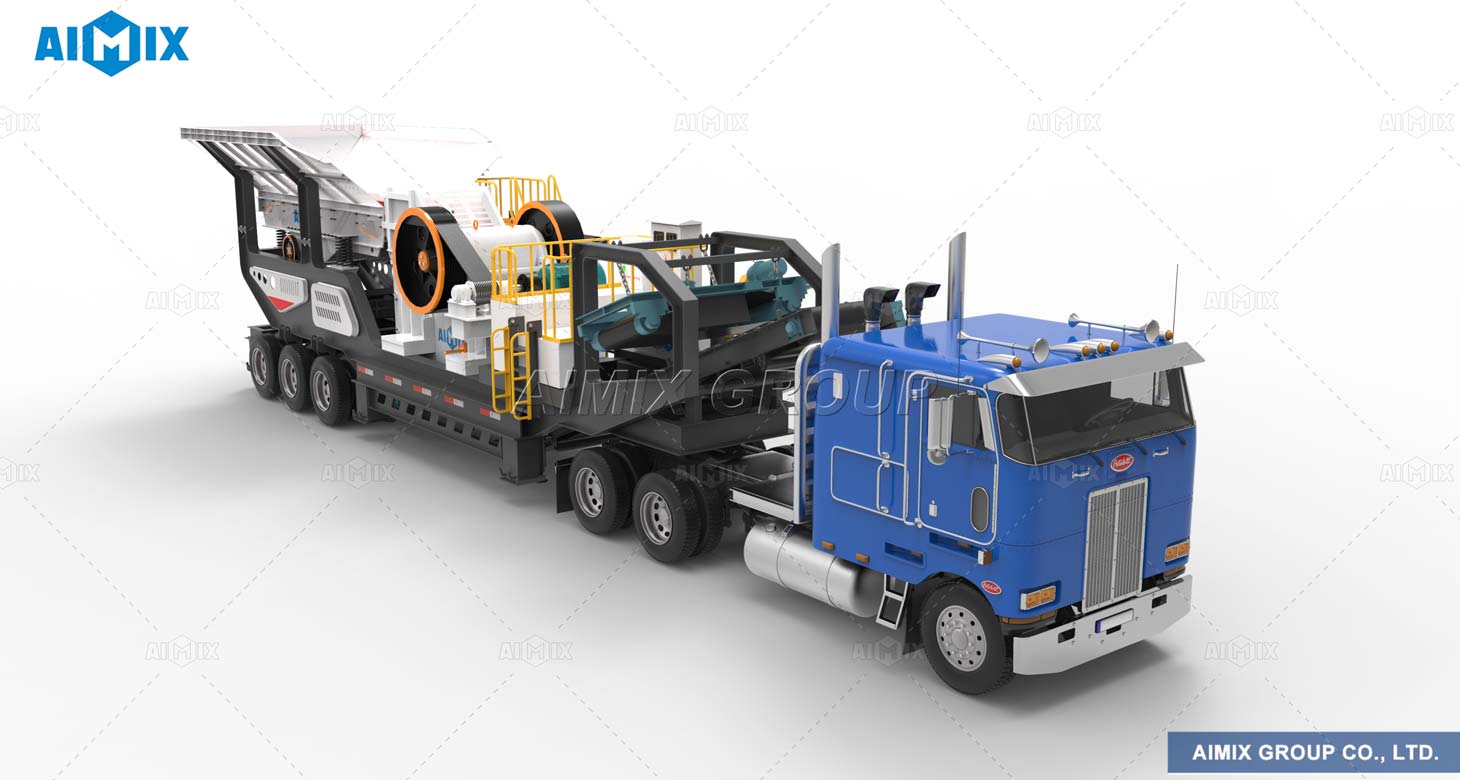
Limestone Quarrying:
The first step in the limestone processing process is quarrying. Large limestone deposits are extracted from quarries using heavy machinery, such as bulldozers and excavators. These machines strip away the overlying soil and rock layers to expose the limestone deposit, which is then drilled, blasted, and extracted.
Crushing Stage:
Once the limestone is extracted from the quarry, it goes through a primary crushing stage to reduce the size of the material for subsequent processing. Various types of crushers can be used for this purpose:
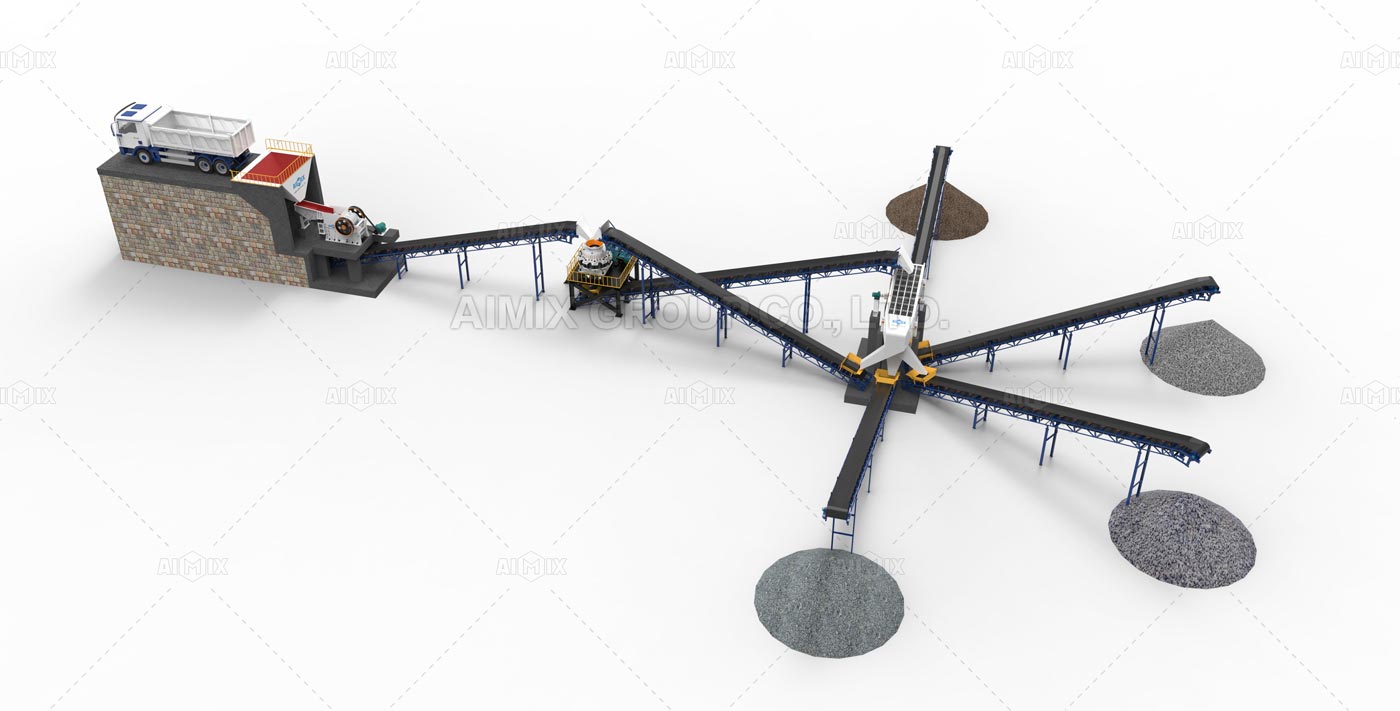
a) Jaw Crushers: Commonly used as primary crushers, jaw crushers consist of a fixed jaw and a moving jaw. The material is fed into the chamber between the jaws, and the compressive force applied by the moving jaw breaks it down into smaller pieces.
b) Impact Crushers: Impact crushers utilize impact forces to crush the limestone. They feature a rotor with hammers or blow bars that strike the material, causing it to break upon impact. Impact crusher machine is often used for high-capacity operations and produce cubical-shaped end products.
c) Cone Crushers: Cone crushers are commonly used for secondary and tertiary crushing stages. They operate by compressing the material between a mantle and a concave. Cone crushers are known for their high efficiency and ability to produce a well-graded product.
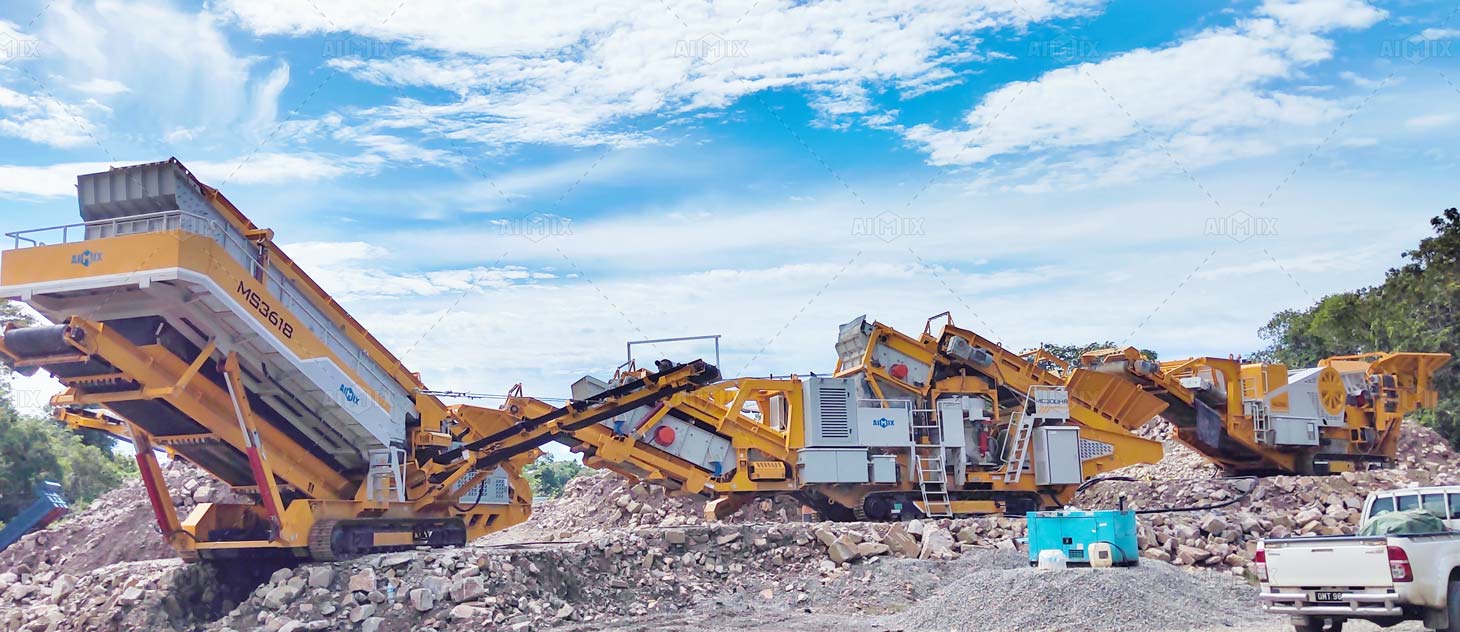
Grinding and Pulverizing:
After the initial crushing stage, limestone undergoes further processing through grinding and pulverizing to achieve the desired particle size and consistency. The most common crushing equipment used for grinding limestone is a ball mill, which utilizes rotating cylinders filled with steel balls to crush and grind the material into a fine powder.
Other Crushing Solutions for Limestone:
Apart from the aforementioned crushers, there are other specialized crushers suitable for specific limestone processing requirements:
a) Hammer Mills: Hammer mills are used for intermediate and fine crushing of limestone. They consist of swinging hammers mounted on a rotor, which impact and shatter the limestone upon contact.
b) Vertical Shaft Impact (VSI) Crushers: VSI crushers are commonly used in the production of high-quality aggregates. These crushers use the principle of rock-on-rock collision to break down limestone particles into cubical shapes.
c) Roll Crushers: Roll crushers are designed to crush fragile materials such as limestone using compression forces. They consist of two counter-rotating rolls that apply pressure to the material, causing it to break or deform.
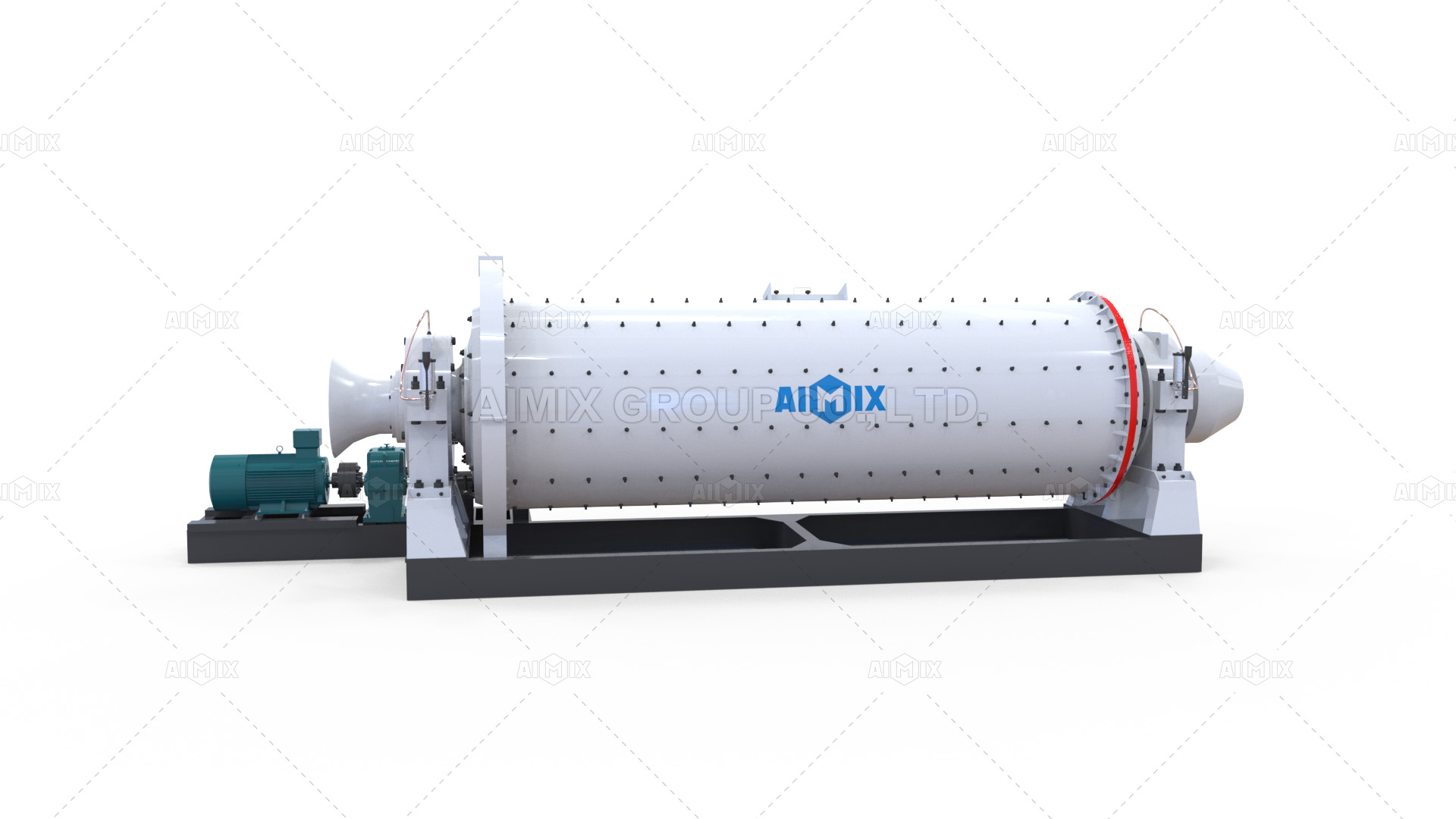
The process of limestone processing involves quarrying, crushing, grinding, and refining to produce limestone products suitable for various industries. Crushers play a vital role in this process by reducing the size of limestone and facilitating further processing. Jaw crushers, impact crushers, cone crushers, ball mills, VSI crushers, and roll crushers are some of the crusher types used for limestone processing. Each crusher has its own advantages and suitability for specific applications. Understanding the limestone processing process and choosing the appropriate crushers can result in efficient operations and high-quality limestone products.
